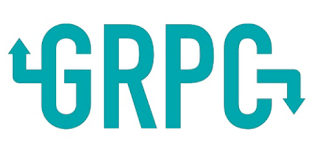2020 Retrospective

2020 the year that we were not expecting. The world did not end in 2012 as the Mayan calendar ended, but 8 years later, it felt almost like it. Jan, Feb, March was normal: Traveling, Going to Office to Work, Going to Restaurants, Pubs and Bars. Life was good—them after march never-ending lockdown and self-quarantine for +9 months and counting. Only going out for groceries and to take the garbage out(which surprisingly was one was the good real moments of the day). I thank God for being alive and have work and food, and air condition appliances (3 to be precise). 2020 was bad, we lost so many people, and it still looks like 2021 won't be so easy; my bets are high for 2022, but some scientists say that normal only would be back in 2025 . The year was nothing but bad, awful, and I never want to go back to it for lots of people. For me, personally, it was not that bad. I mean, dont get me wrong, I had friends who got COVID, and thanks to God, they are good. I know people had a b...















































